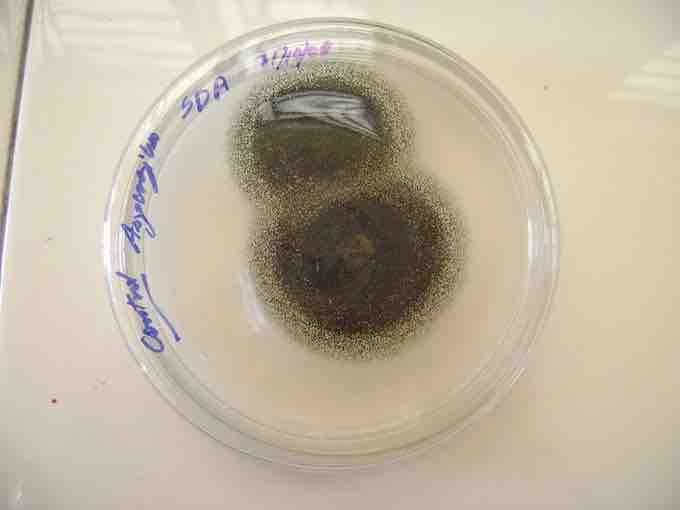Citric acid (citrate) is an important substance in the Krebs cycle. It is produced from acetyl coenzyme A and oxaloacetate in the presence of the enzyme citrate synthase. The Krebs cycle is key in the oxidation of sugars, proteins and fats to carbon dioxide and water. Many of the cycle compounds are also needed for the synthesis of the cells' own proteins, carbohydrates, and fats.
Citrate has been used for centuries in different industries and in the households. It is used as a food additive to give a sour taste to foods or to preserve certain qualities of food products (e.g., prevents separating of the fats in ice cream). It has natural antibacterial properties and is used as a preservative as well. Its buffering property is used in cosmetics and pharmaceuticals to adjust the pH of products.
For centuries, the source of citric acid were citrus fruits. After World War I, the ability of some microorganisms to produce citric acid was further explored and the technology for industrial production was developed. Penicillium mold was the first described organism to produce citric acid but industrially another mold, Aspergillus niger, became the microorganism of choice . The mold is grown in a medium with sucrose or glucose as the main carbon source. The sugar source is usually an inexpensive solution like molasses or corn steep liquor. The microorganism makes more citric acid in the Krebs cycle than needed for the cell's metabolism and exports it outside the cell. The citric acid is then precipitated out of solution and regenerated.

Colonies of Aspergillus niger
The black dots covering the colonies are Aspergillus spores. The growth medium is Saboraud's Dextrose Agar (SDA)
Microorganisms replaced the industrial chemical production of many different organic compounds, like enzymes and amino acids. Enzymes, such as glucoamylase (used to make high-fructose corn syrup) and pectinase (clearing agent for apple cider and wines) are produced industrially by Aspergillus. The food additivemonosodium glutamate (MSG) is produced in the form of glutamic acid by Corynebacterium glutamicum.